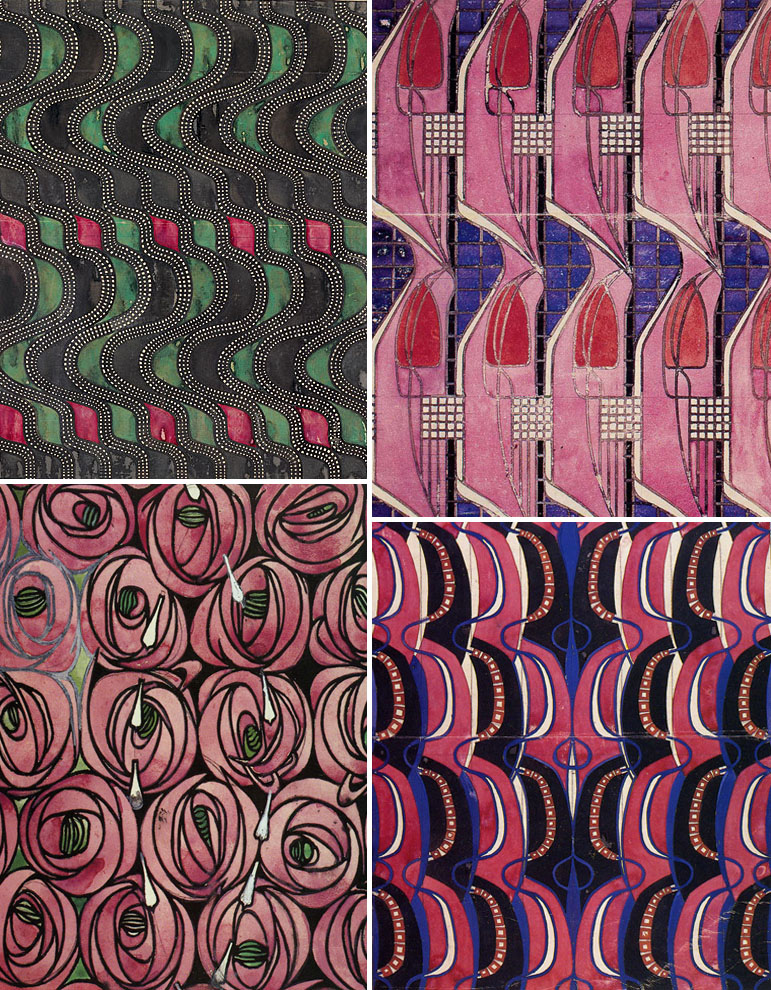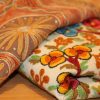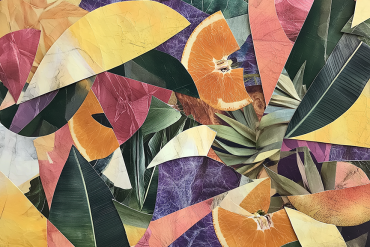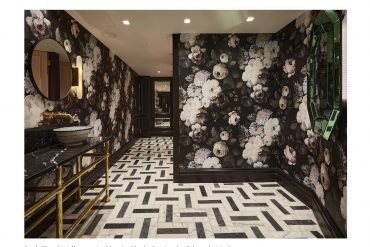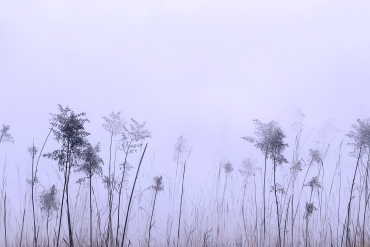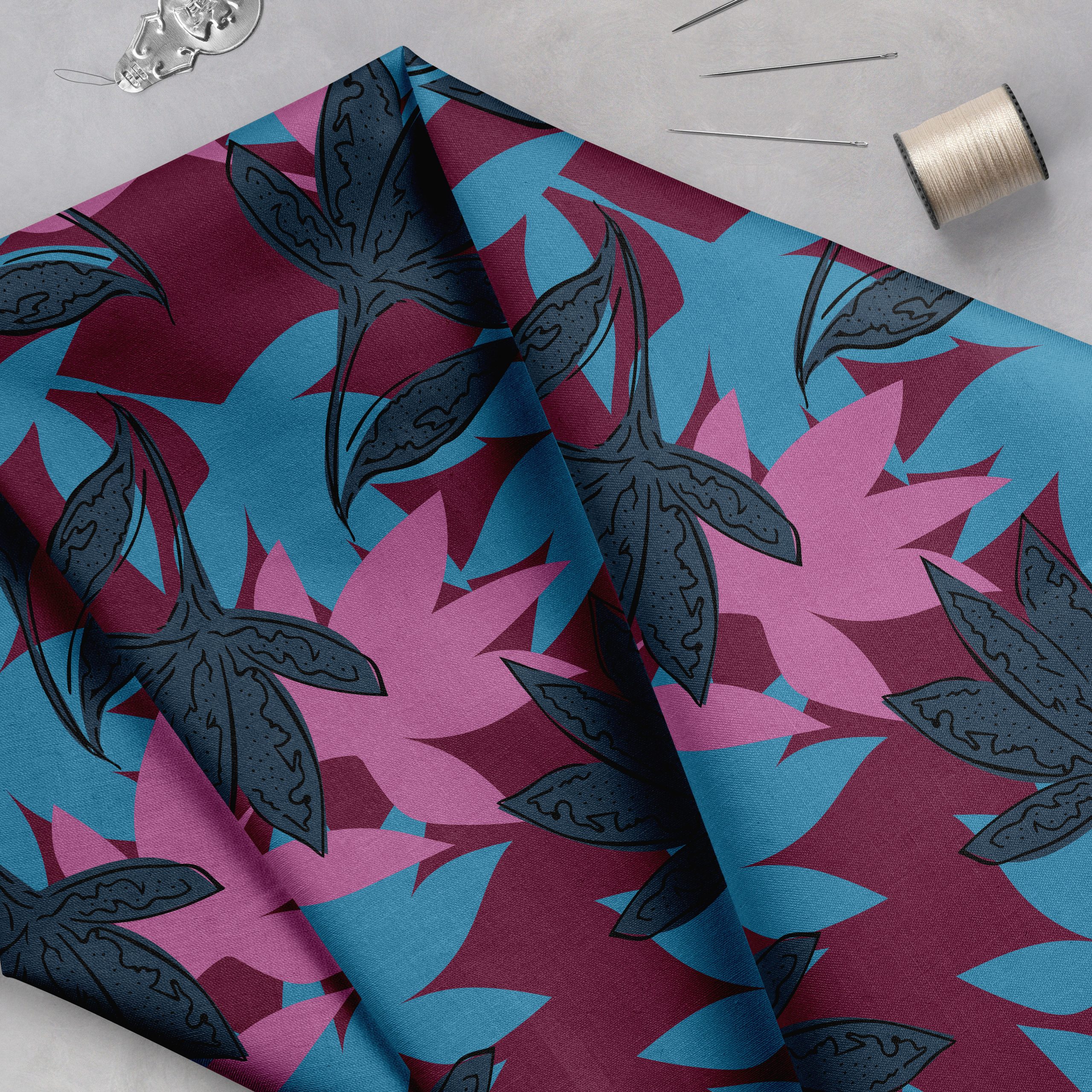*Guest post by Julie Gibbons.
This is the sixth and final in a series of posts on famous people who did surface design as a sideline to their main jobs. I’ve loved writing this series, I’ve loved writing this series, it’s been so much fun researching these fascinating people! I thought I would finish off with one of the absolute superstars of the Arts and Crafts Movement, Charles Rennie Mackintosh.
Charles Rennie Mackintosh (1868 –1928) is deservedly famous for both his architecture and his furniture design. Among his most renowned works are the Mackintosh Building for the Glasgow School of Art, and the Willow Tearooms (also in Glasgow), and many of his chair designs are still in current production. So it is interesting to note that despite his legacy and stature now, he remained relatively obscure during his lifetime, and died in London a poor man.
Initially apprenticed as an architect, Mackintosh went to the Glasgow School of Art to pursue studies in art, design and drawing, and it was there that he met his future wife, Margaret MacDonald. Together with Herbert MacNair and Margaret’s sister Frances, they formed The Four, collaborating on designs for furniture, metalwork and illustration. Their style was influenced by the sweeping lines of Art Nouveau, underpinned by the flat geometries of Japanese art and architecture.
Images via: (Clockwise from top left) dress fabric design – National Gallery of Australia; Tulip & Lattice – http://voysey.gotik-romanik.de; Waves – http://voysey.gotik-romanik.de; Rose & Teardrop – http://voysey.gotik-romanik.de
As part of the rising Arts and Crafts movement in Britain, Mackintosh was a champion of the idea that the interior and exterior of every building should be treated as a total work of art. He designed numerous buildings and interiors around Glasgow, but at the time he was given little recognition or respect for them there. In Europe, however, his work was met with fabulous acclaim, especially as a result of his contribution to the 8th Vienna Secession exhibition and his friendship with Josef Hoffmann.
His architectural practice in Glasgow declined, and in 1915, he and Margaret moved to London. He attempted to revive his practice in the new city but again struggled and failed, and he turned his hand increasingly to the design of furniture and textiles. He also started to paint watercolours, with flowers as one of his favoured subjects.
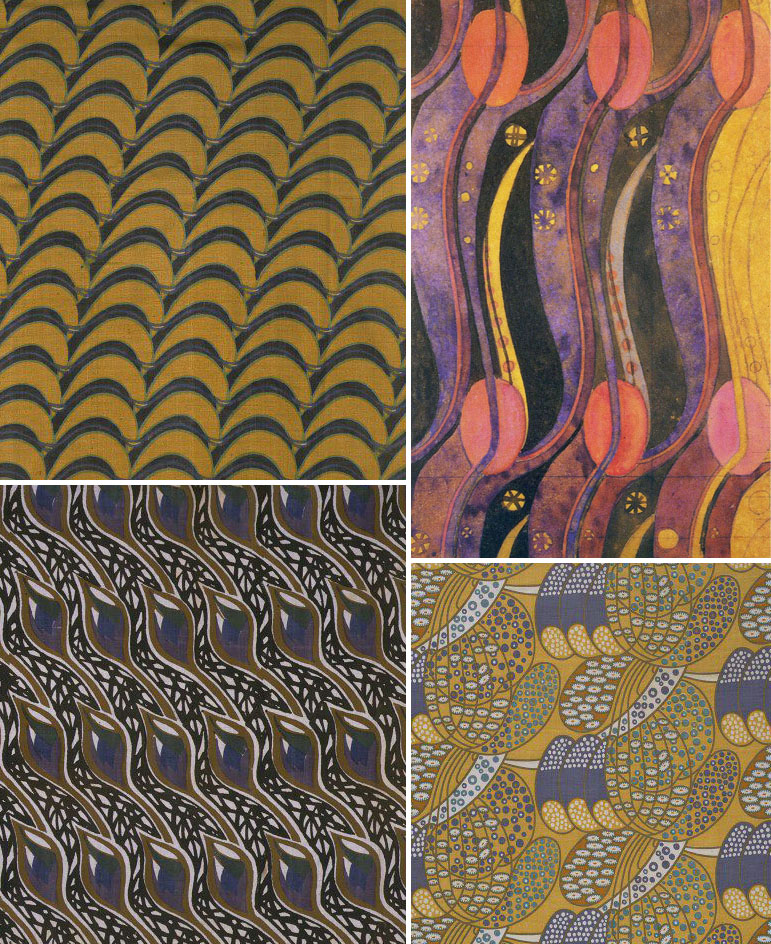
He mixed abstracted flowers with geometry in his textile designs around this time. They show bold, flat colours with strong lines and sinuous waves, but despite their vibrancy and originality, Mackintosh’s work continued to be relatively unknown.
Charles and Margaret moved to France in 1923, where he discarded any further pursuit of architecture and design and focused on watercolour painting. In 1927 they were forced to return to London due to Charles’ illness, and in 1928 he died of throat cancer.
Julie Gibbons is a contemporary craft and surface design junkie, and writes about these things and more on her own blog, http://tractorgirl.com.au. She is also a maker of many things.


